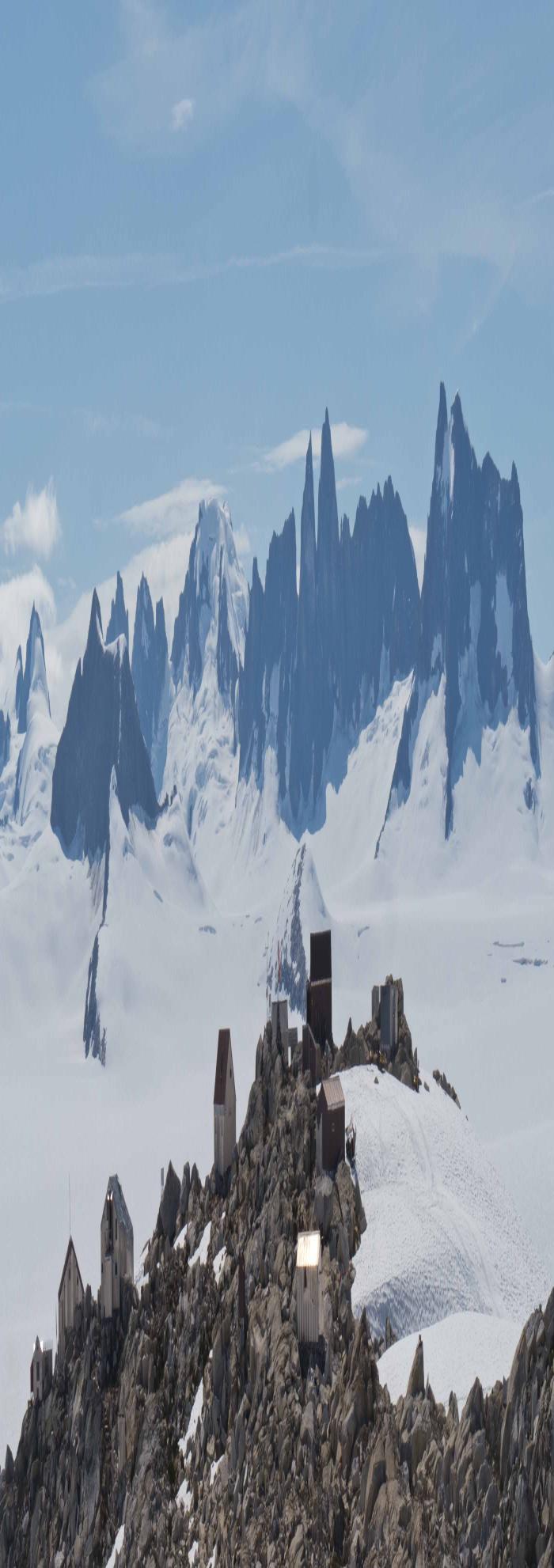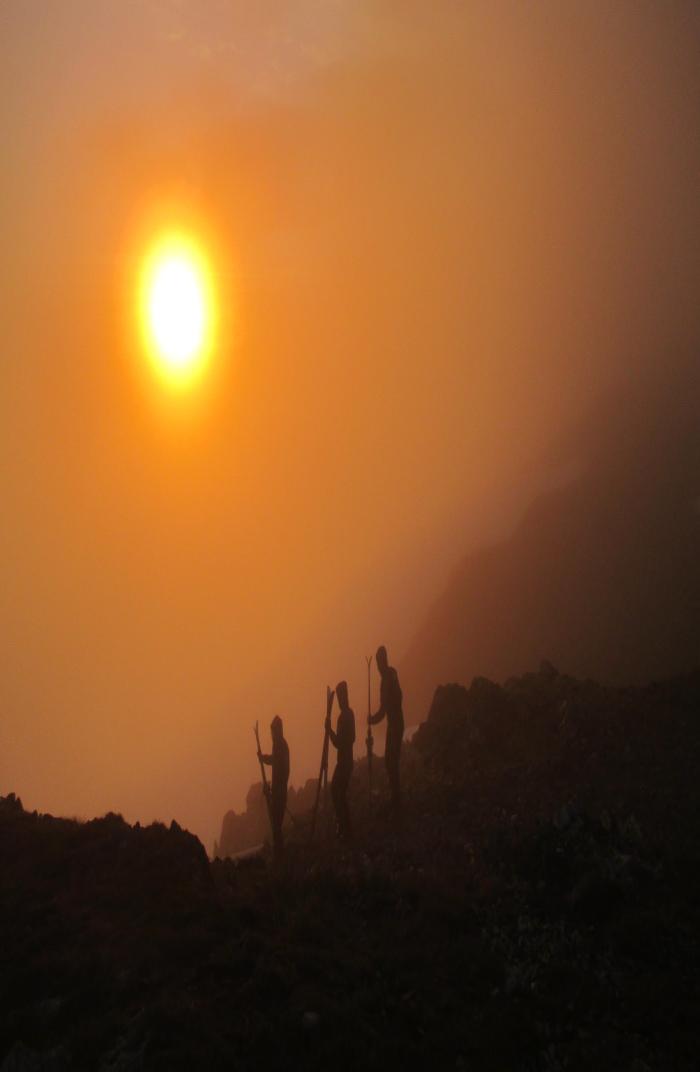By: Matt Beedle, Juneau Icefield Research Program (JIRP) Director of Academics and Research, and Erin Whitney, JIRP Executive Director
The 2016 summer field season of the Juneau Icefield Research Program (JIRP) marked the 70-year anniversary of continuous study of the Juneau Icefield. As the program looks toward the next 70 years with new ideas and directions, this anniversary provides a timely opportunity to reflect on a rich history and fabric of participant experiences.

Initial aerial surveys began in 1946, followed by the first on-ice reconnaissance in 1948. Focused field research continued annually through the International Geophysical Year with leadership from notable individuals such as William O. Field, Maynard Miller, Ed LaChapelle, Calvin Heusser, and Melvin Marcus. This earliest decade was primarily research focused, but also included budding scientists and explorers and helped launch the careers of many, including a young AustinPost.
In the early 1960s, Maynard Miller and his wife Joan assumed leadership of JIRP, and the program began to shift towards the training of young scientists through the annual expedition, its research objectives, and resident faculty. The longevity of JIRP is a credit to the vision of Maynard, the monumental support of Joan, and the hundreds of volunteers and donors that have helped the Program continue. Early funding partners included the American Geographical Society, Office of Naval Research, National Geographic Society, National Science Foundation and the National Aeronautics and Space Administration (NASA). In recent decades, JIRP restructured itself as a non-profit funded primarily through tuition fees and alumni donations. This continuity has made possible the two longest glacier mass-balance records in North America, scores of Masters and PhD theses and, most importantly, inspiration for many hundreds of young scientists.

This cadre of JIRP alums is noteworthy, and the wooden rafters of the permanent field stations read like a who's who of glacial, earth systems, and planetary science. Dr. Steven Squyres, Principal Investigator of the Mars Exploration Rover Project writes:
"My JIRP experience strengthened in me a love of exploration that ultimately led to my participation in the space program, including the Mars Exploration Rovers Spirit and Opportunity. JIRP was fundamental to my growth as a scientist and as a person."
As in previous seasons, the 2016 JIRP curriculum was shaped by the traverse from Juneau, Alaska to Atlin, British Columbia, and a focus on six core research areas: 1) Glacier Mass Balance, 2) Geodetic Surveying, 3) Glacial Geophysics, 4) Biogeochemistry, 5) Isotope Geochemistry, and 6) Nunatak Ecology. In addition to foundational teachings in these six core areas, the curriculum included exposure to remote sensing and GIS, nunatak geology, and meteorology, all with a spatial focus on the northern Coast Mountains of Alaska and British Columbia. The program maintains a close relationship with the University of Alaska Southeast to offer field course credit to students each summer.
An additional focus of JIRP in recent years, and of increasing importance within the JIRP curriculum, is science communication. In addition to making public presentations in Atlin and Juneau, as well as presenting their work at the annual fall American Geophysical Union meeting, JIRP students blog from the field, telling the scientific and expeditionary story in near real time.
Molly Peek (Smith College) in her post "From Different to Dynamic, Thanks to a Glacier" writes of how the challenges and camaraderie of the expedition brings the team together, and can serve as a model elsewhere:
"The glacier links us . . . The trail conversations we strike up connect us . . . These stories also connect us as scientists, as we come out of our own small worlds to see how our own relationships to glaciers are completely different from those of others. These realizations are becoming increasingly important as our world changes . . . If we are to investigate changes in the environment with an aim to make society better, we must work with people from a variety of locations and experiences and integrate the struggles and opportunities from all parts of the world."

In "Dendrochonology – Stories Told by Tree", Alexandra Kessler (University of Zurich) writes of the science behind a method to reconstruct Juneau Icefield mass balance:
"Trees and glaciers do actually respond similarly to the climate. When there is a year with a lot of snow and is cold, a glacier is happy. A tree however will be freezing and sad, creating only a small ring. Therefore, a glacier's mass balance and the tree's growth patterns, represented in the thickness of the tree ring, correspond. This means, that we can reconstruct a glacier's mass balance in a time when there was no JIRP around to measure it."
And Riley Wall (Occidental College), in his blog "Communication and Toads" reflects on the difficulty of how to capture in words the look, sounds, smell, feel and taste of a remote field setting:
"So my only remaining recourse is a plea to those truly interested in JIRP, glaciers, climate change, and the greater natural world: to embark on your own adventures, for you learn from your own personal experiences best, to foster any feelings of inspired motivation you find on those adventures, and to be a champion of the change you want to see."
More from these blogs and others is available on the JIRP website.
JIRP is forging forward into its next 70 years, with plans for the 71st field season in 2017 well underway that will further advance research on the Juneau Icefield with new partners and community partnerships and continue immersive scientific expeditions to inspire participants.
For more information, contact Matt Beedle, JIRP Director of Academics and Research (matt.jirp [at] gmail.com) or Erin Whitney, JIRP Executive Director (edubbs.jirp [at] gmail.com). Or, see the JIRP home page.

